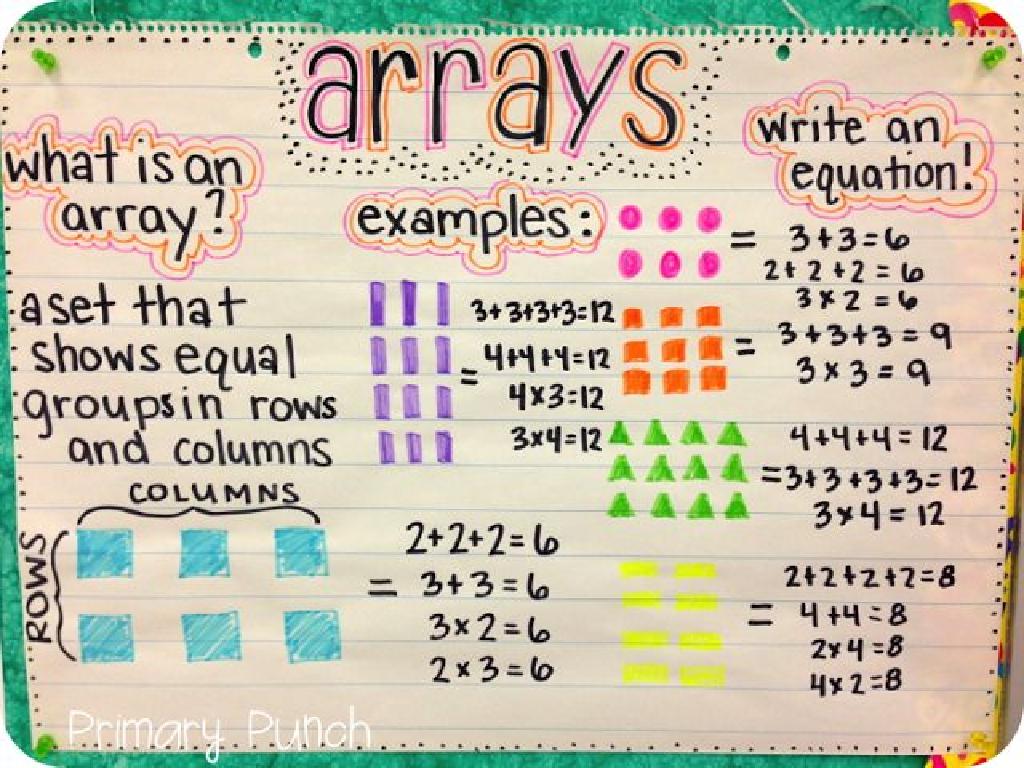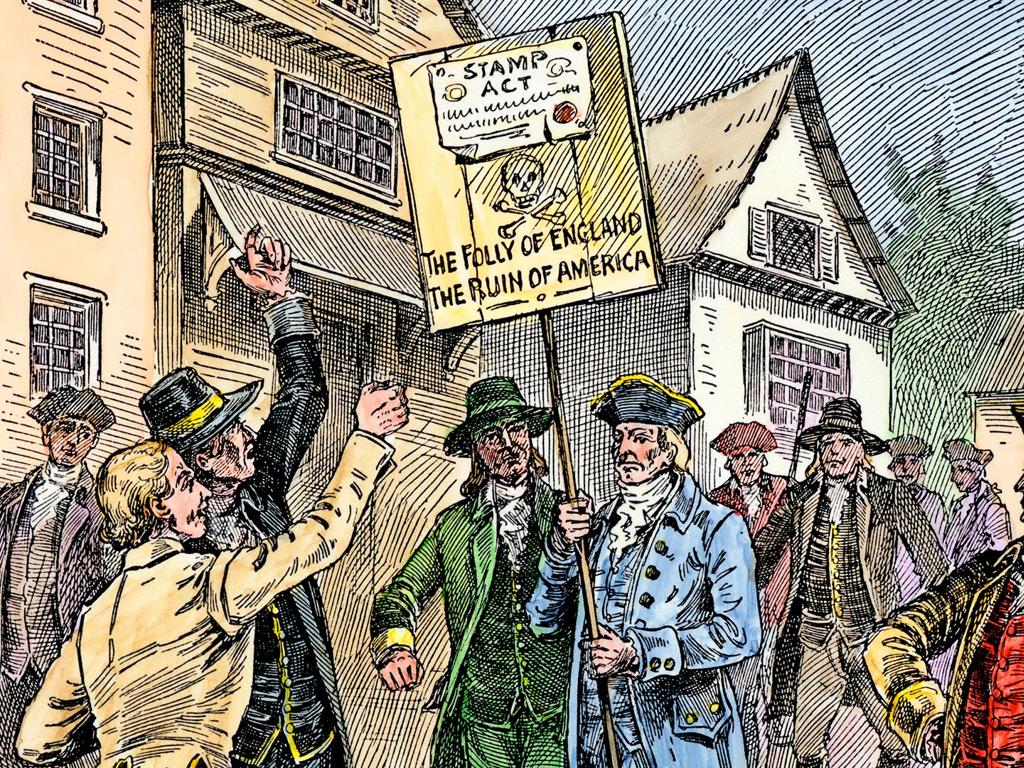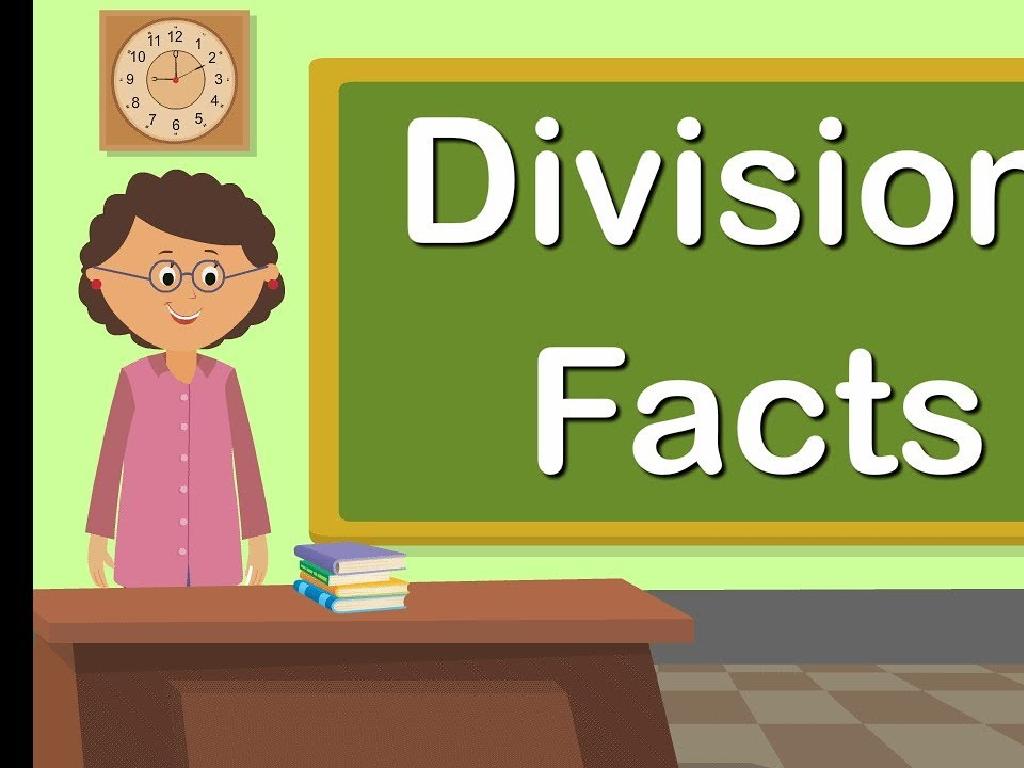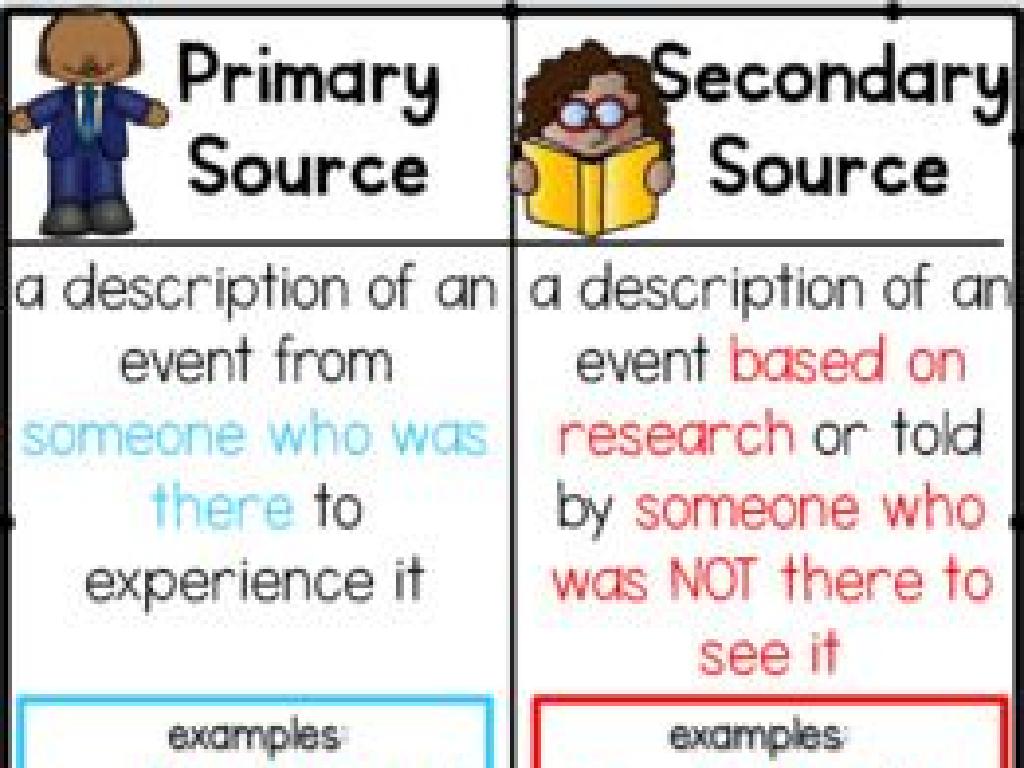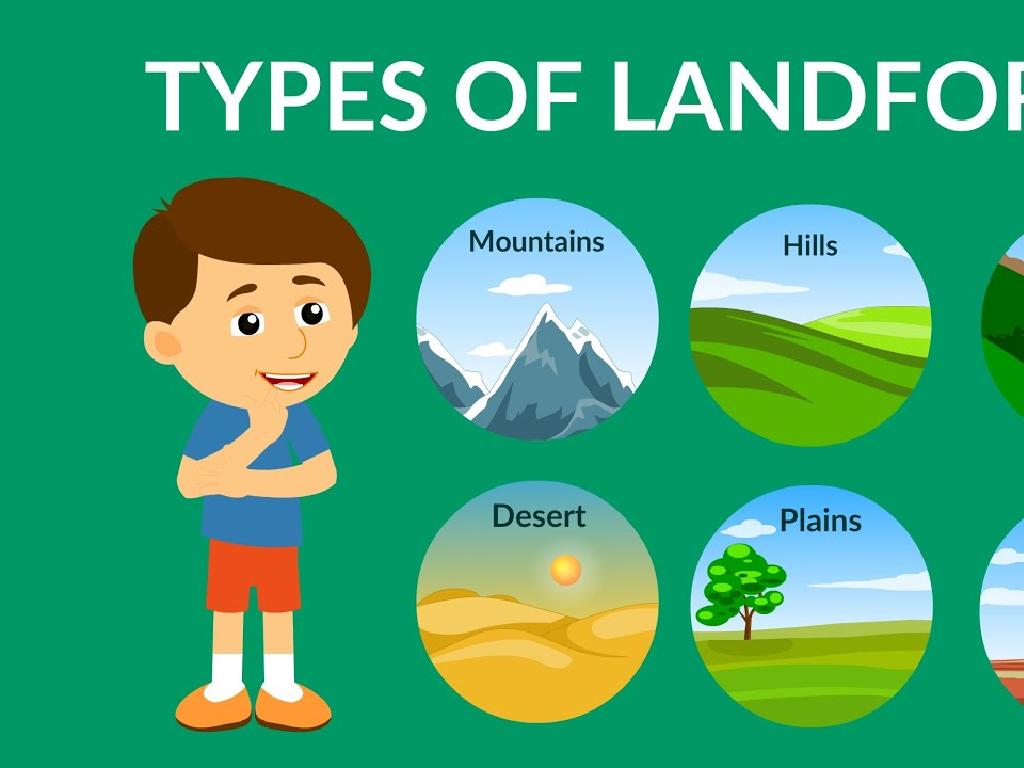Choose The Number That You Hear - Up To 3
Subject: Math
Grade: Pre-k
Topic: Numbers To 3
Summary: This Pre-K math lesson helps young learners recognize and respond to spoken numbers 1, 2, and 3 through fun, hands-on activities. Students develop number sense by listening, using finger counting, and engaging in games like a number hunt and matching objects. Visuals, motions, and guided practice reinforce auditory and visual connections to numbers. With interactive exercises and everyday examples, children build foundational counting and listening skills essential for early math success.
Please LOG IN to download the presentation. Access is available to registered users only.
View More Content
Welcome to Numbers!
– Greetings, little mathematicians!
– Today’s focus: Numbers 1, 2, and 3
– Show me ‘1’ with your fingers
– Hold up one finger for ‘1’
– Can you show ‘2’ and ‘3’ as well?
– Now try two fingers, then three
|
This slide is designed to introduce Pre-K students to the concept of numbers, specifically the numbers 1, 2, and 3. Start the lesson with a warm and engaging greeting. Encourage the children to participate by showing the numbers with their fingers, which helps them to visually and physically connect with the concept of counting. This activity also aids in developing their fine motor skills. As you progress, ensure that each child is able to demonstrate the numbers on their fingers. Praise their efforts to build confidence. For those who struggle, gently guide their fingers to form the correct number. This interactive approach sets a foundation for number recognition and basic counting skills.
Learning the Number 1
– This is number 1
– Starting count with 1
– The first number we say when counting
– Find 1 toy
– Look around to pick one toy
– Number 1 in life
– Single items like 1 nose, 1 mouth
|
This slide introduces the concept of the number 1 to Pre-K students. It’s important to emphasize that 1 is the very first number we use when we start counting. Encourage the children to identify a single object, like one toy, to help them associate the number with quantity. Use classroom items to show real-life examples of ‘one’ such as one door, one window, or one teacher. During the activity, guide the students to find and point out one toy in the classroom. This will help them understand the concept of singularity and counting start point. Make sure to praise their efforts to boost their confidence in learning numbers.
Learning About the Number 2
– Understanding the number 2
– Number 2 comes after 1 and is before 3
– Adding 1 and 1 makes 2
– When we put two single things together, we have two
– Counting 2 blocks
– Let’s visually count: 1 block, add 1 more, now we have 2 blocks
|
This slide is focused on helping Pre-K students recognize and understand the number 2. Start by explaining that 2 is the number that comes after 1. Use simple addition by combining two single items to show that together they make 2. Use physical blocks or visual aids to count together with the class, emphasizing the concept of 2. Encourage the students to participate by asking them to hold up 2 fingers or point out 2 objects in the classroom. This interactive approach helps solidify their understanding of the number 2 through both visual and practical experiences.
Learning About the Number 3
– Say hello to number 3!
– Adding 1 to 2 makes 3
– When you have two things and get one more, now you have three!
– Let’s count 3 crayons together
– Can you find three crayons? One, two, three!
|
This slide is aimed at helping Pre-K students recognize and understand the number 3. Start by introducing the number with enthusiasm to capture the children’s attention. Explain the concept of addition in a very simple way by showing that when we start with two of something and get one more, we now have three. Use visual aids like crayons to make counting tangible and fun. Encourage the students to participate by counting aloud together. This interactive approach helps solidify their understanding of the number 3 through both visual and auditory learning.
Listening Game: Show the Number
– Listen to the number I say
– Show the number with your fingers
– If I say ‘two’, hold up two fingers
– Get ready to play and have fun
– Let’s listen and choose the number!
|
This interactive listening game is designed to help Pre-K students recognize and understand numbers up to 3. As the teacher, you will say a number out loud, and the students will respond by showing the corresponding number of fingers. Before starting, ensure that the students are attentive and understand the instructions. Encourage them to listen carefully and react quickly. This activity not only reinforces number recognition but also develops their listening skills. You can vary the game by changing the order of numbers, saying them faster or slower, and praising students who show the correct number. Remember to keep the atmosphere fun and engaging.
Class Activity: Number Hunt
– Let’s play Number Hunt!
– Find numbers 1, 2, and 3
– Look around to find where I hid the numbers
– Match numbers with objects
– Can you place the right number of toys next to each number?
– Have fun learning numbers!
|
This activity is designed to help Pre-K students recognize and understand numbers up to 3 through a fun and interactive game. Hide the numbers 1, 2, and 3 in various places around the classroom before the activity begins. Encourage the children to search for the numbers and, once found, to match them with a corresponding number of objects, such as 1 apple, 2 blocks, or 3 crayons. This will help them associate the numeral with the quantity it represents. Provide guidance and ensure each child gets a turn. Possible variations of the activity could include using different objects, having children hide the numbers for their peers, or incorporating the numbers into a song or story.
Great Work with Numbers 1, 2, and 3!
– Celebrating our number learning
– Numbers 1, 2, and 3 explored
– We counted and identified 1, 2, and 3 today
– Numbers are everywhere
– Look for numbers in your home, on signs, and while playing
– Keep practicing at home!
– Try counting toys, snacks, or steps
|
This slide is meant to wrap up the lesson on numbers 1, 2, and 3. It’s a celebration of what the students have learned and a reminder to keep practicing. Reinforce the concept that numbers are a part of everyday life and can be found all around us. Encourage the children to continue their learning outside of the classroom by counting objects they interact with daily. Suggest that parents engage with their children by pointing out numbers during routine activities to further solidify their understanding. This will help the students to connect the lesson with the real world and see the practical application of what they’ve learned.

